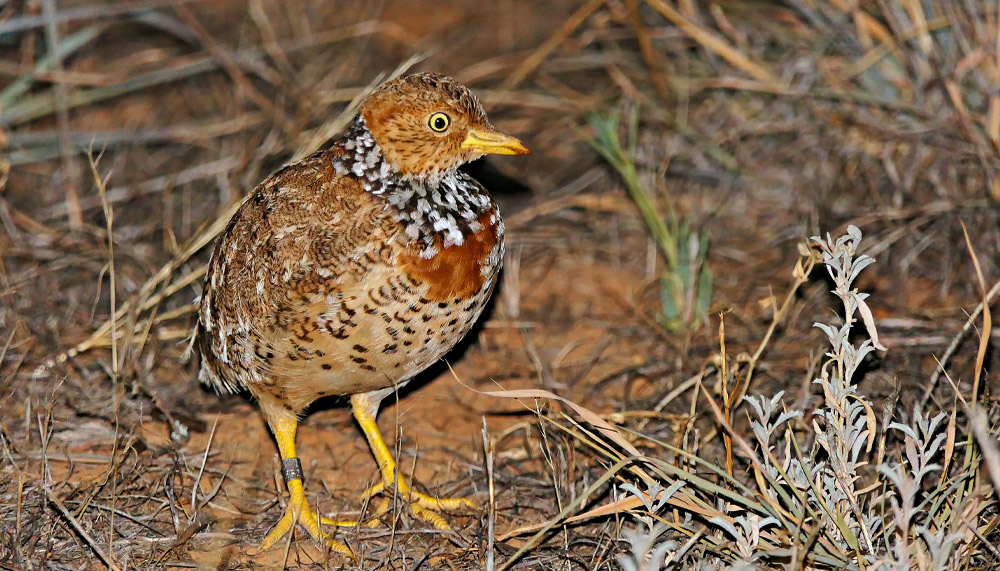The critically endangered plains-wanderer has found refuge on an unassuming dairy property on Victoria's Patho Plain.
Story Cormac Hanrahan Photo Mark Antos
On a flat plain in northern Victoria, a small, spindly legged bird shuffles between patches of herbs and shrubs, looking over wallaby and speargrass tussocks. At the other end of the paddock, Andy and Judy McGillivray open a gate adorned with conservation signs and drive carefully towards a herd of quietly grazing dairy cows.
With only the occasional clump of trees to break the vast horizon, it may not look like much, but the McGillivray’s 3440ha property on the Patho Plains, 20km west of Echuca, holds a very important piece of habitat.
In a region dominated by cereal crops and intensively improved pastures, the property contains one of the last vestiges of native grassland that once stretched across huge areas of country north and south of the Murray River. These areas of low-growing grasses and herbs are a stronghold for the critically endangered plains-wanderer.
About the size of a human hand from wrist to fingertips, the ground-dwelling plains-wanderer is the sole member of the Pedionomidae family, making it one of the most genetically unique birds in the world.
Often described as quail-like, the plains-wanderer’s dappled, fawn-coloured feathers help it blend seamlessly with its arid habitat. With a red-brown chest, white-spotted black collar and distinctive ‘oohm-oohm’ call, likened to a cow’s moo or even a motorbike changing gears, females are slightly larger and more boisterous than males. The duller males generally lead a quiet life incubating eggs and raising chicks while the girls seek a new mate and defend their territory.
Once widespread across south and eastern Australia, the plains-wanderer has all but disappeared from grasslands close to Adelaide and Melbourne as housing and agricultural development has consumed its range, leaving isolated pockets, such as on the McGillivray’s farm, key to its survival.
“Ours is one of the best privately owned parcels of land for this bird in the world,” Andy says. “It’s got all the right grasses and plants. It’s a little bit of paradise for them, so I’m happy to help.”
This story excerpt is from Issue #134
Outback Magazine: Dec/Jan 2021










